|
Roseann Meixelsperger, MGV, along with Russ Parker, Vicki Gee-Treft, and Mark Fox developed a summer program for children that would span five sessions, repeated twice weekly, resulting in fifty (50) kids attending the very first year.
Topics that were covered:
Speakers for each of the presentations were found within the Spooner North Country Master Gardener Volunteers, one of our Summer Interns, and our UW-Extension Ag Development Agent. A story walk was taken by the children prior to each lesson that was topic related. One of our MGV’s is a teacher by profession, and she provided the reading and interactive conversations with the children on those topics. Nutritious snacks were provided that were companions to the lessons, along with cold water. The cold water was appreciated, as many of the sessions saw +90 degree temperatures, and the raised bed area where the children’s garden is located doesn’t have any shade. Vegetables and fruits from the garden were provided as they became available. One surprising note was that the kids were ready and willing to try anything we put forward - such as cherry tomatoes, rattlesnake beans, mild radishes, and grapes. The children not only planted their garden, they refilled the hummingbird feeders and weeded the beds at every session after the initial planting. After almost every lesson, the children went home with something to reinforce their learning of that subject. For instance, the bug hotels were placed in their home gardens. A repurposed 2-liter bottle was used to plant basil in compost mixed dirt, watered by a wick that was placed in the lower portion of the bottle filled with water. The hand painted friendship rocks also went back to the child’s home. A program like this needs supplies - hummingbird feeders, shepherd’s crooks, watering cans, child sized hand tools, etc. The MGV’s generously donated to make this first year work, taking minimal dollars from our budget - mostly to pay for the books and snacks. Lessons learned were that we need to network closer with home school parents, traditional school teachers, libraries, and publicize our offering in all three Counties that we support - Burnett, Sawyer, and Washburn. Our story walk posts didn’t make it thru the entire summer - so we need to convert from wood to something sturdier. Would also like to be able to move the story posts around the garden to be more topic related. The kids who attended were eager to learn, and several of them came to multiple sessions. Their parents were supportive and engaged in the lessons with the kids. A survey sent out after the sessions drew positive remarks from the parents, and most indicated they would like to attend next year. All in all, I think we can modestly say “the Children’s Program was a hit!”
0 Comments
On Saturday, September 8, 2018 a group of gardeners met in the Spooner Agricultural Research Station Teaching and Display Garden for one of the last programs of the growing season. If you missed the program, here are links to the handouts and a few pictures of the morning.
Mowing: According to David Bayer from UWEX Outagamie County the most important cultural practice associated with turf care is proper mowing. Mow high (3 inches) during the spring and summer months when grass reaches 4 inches. Continue mowing in the fall until the grass stops growing. Mow shorter in the last few mowings. For the last mowing set the mower 1 inch shorter to prevent snow mold in spring and to discourage moles, voles, and mice from burrowing in your lawn all winter.
Fertilizer: A fertilizer program is recommended based on your personal preference. A minimum maintenance program is to apply a winterizer fertilizer (26-0-12) in early September. If you prefer a more lush lawn, fertilizer can be applied two times; add an early June application to the September application. For our area a maximum application of three times is recommended; for a high maintenance lawn apply fertilizer in early June, July, and early September. The July fertilizer application can be skipped if a mulching mower is used. These are the active grass growing periods in Wisconsin. Never apply fertilizer during dormant periods. Seeding: The best time to establish a new lawn or reseed is between August 15 and September 20; mid-May is also a good time. It pays to buy quality seed; it will contain less weed seed and better grass varieties. According to the University Extension, “the only way to evaluate the quality of a mix is to read and understand the label. “ Extension recommends paying attention to these points when checking out labels:
Kentucky Blue Grass is one of the most popular grasses in Wisconsin. It is winter hardy, grows by rhizomes, is soft to touch, and mows well. However it goes into summer dormancy, does not tolerate heat well, is shade intolerant, and has high fertilizer needs. Most sod is Kentucky Blue Grass. Perennial Rye Grass is quick to germinate, but is not very winter hardy and is intolerant of summer stress of heat or drought. It is usually put into seed mixtures because it is quick to germinate and helps with early erosion control. Fine Fescues ( Hard, Red, or Chewings) have low fertilizer needs, are slow growing (less mowing), can be grown in shade or sun, and have some drought tolerance. However they are susceptible to disease in high traffic areas, and can get summer patch and snow mold. It is good to have a mix of Fine Fescues to help offset the negatives. The type of seed will determine the number of fertilizer applications needed and how much you want to mow. For example, a mix with a high percentage of Kentucky Blue Grass may not do well if you plan to fertilize once per year. Each seed type has its advantages and disadvantages. There are none that are perfect for every situation. UW Extension Bulletins These bulletins and more can be viewed and downloaded as a PDF file or purchased from the https://learningstore.uwex.edu/
|
|
| North Country MGV | gARDEN bLOGS |
Location |
|
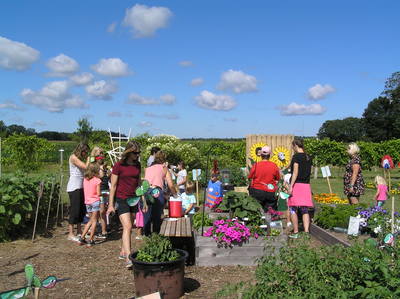
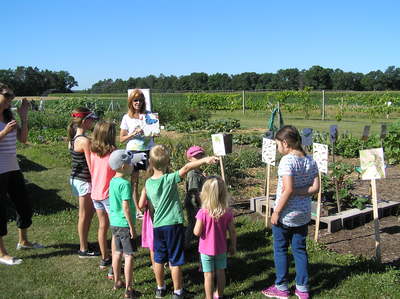
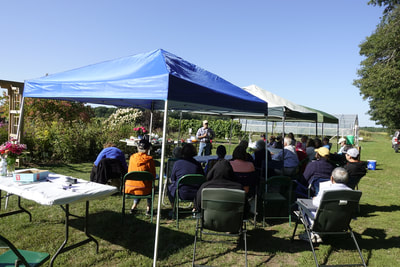
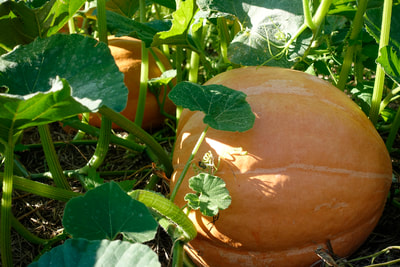

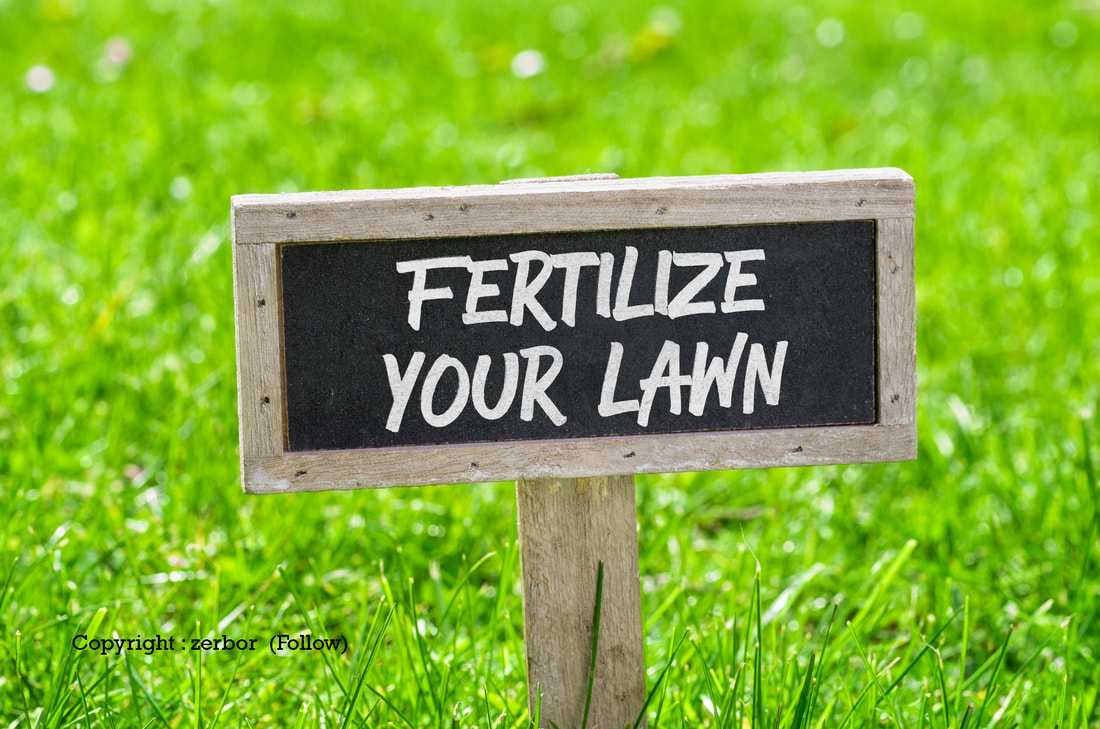
 RSS Feed
RSS Feed